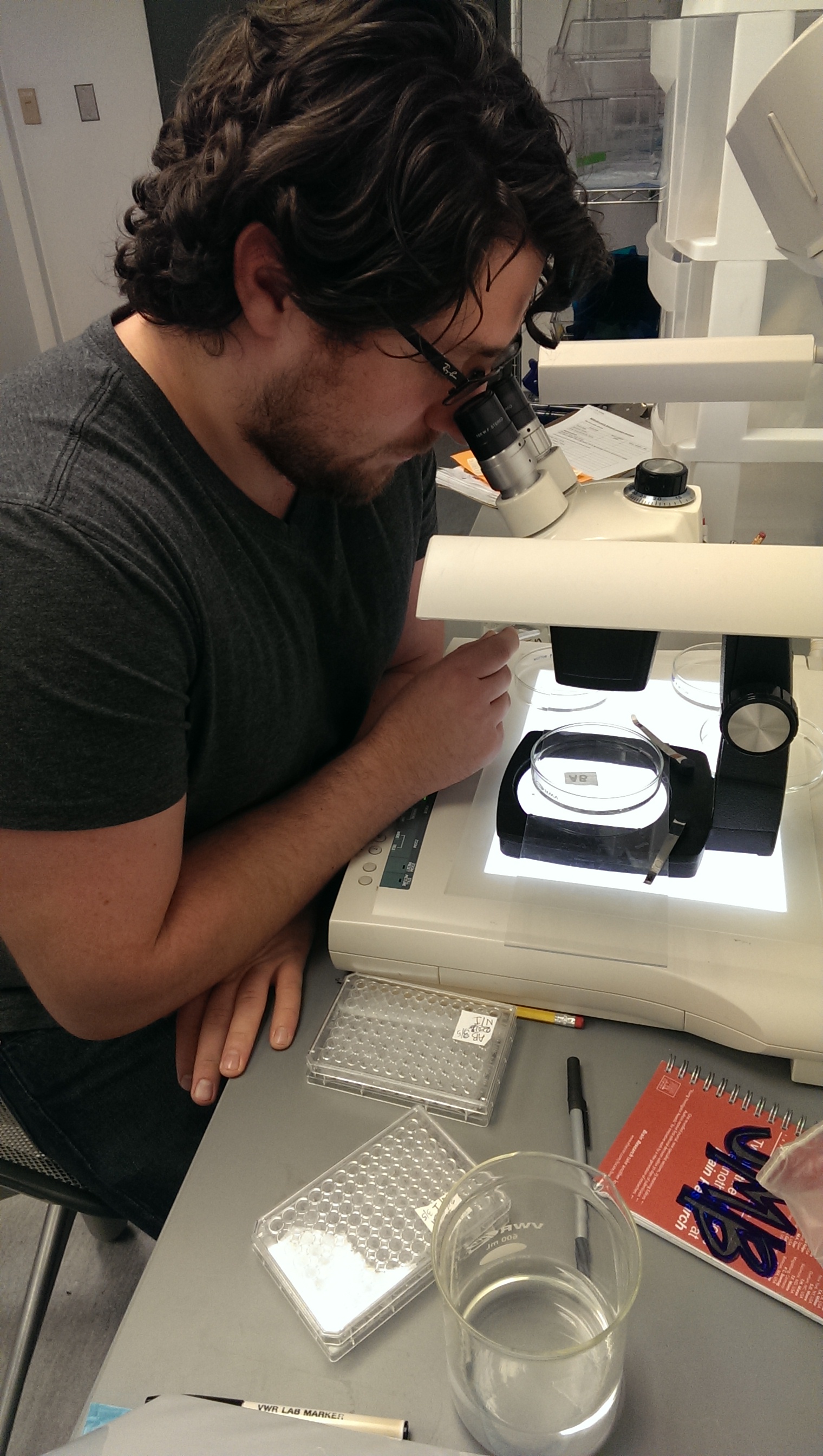By Nishika Karbhari

Here in the Neural and Behavioral Toxicity Assessment Core at the Duke SRC, we study the effects of environmentally relevant chemicals on behavior by utilizing an aquatic model organism, the small freshwater zebrafish. We are interested in life-long learning or motor changes that happen as a result of developmental exposures or the zebrafish equivalent of gestation. But sometimes we want to determine the effects of a one-time exposure during adolescence or adulthood; either way the fish are subjected to a wide range of behavioral assays, which help us describe the specific domain(s) of behavior that are being altered by a chemical. This test battery includes assessments at several stages of life (like larval, adolescence, adulthood and even senescence) and spans qualitatively different behavior (like fear and anxiety, social affiliation, learning and memory, and more). Since fish and humans exhibit several similarities in the biochemical basis of neurobehavioral function, including such pathways as dopaminergic signaling, experimental results obtained from zebrafish subjects are widely applicable to the human condition.
During my time at the lab, I’ve had the chance to perform the range of experiments spanning our behavioral battery. By helping design and develop the delay conditioning test, I became more familiar with the process by which scientific questions must be refined and experiments modified to better reach a target result. This problem-solving approach is one that has really enhanced my ability to think critically– a skill I know will come in handy outside of the lab.
This summer, I’ve been fortunate to have had an eye-opening introduction to toxicology, alerting me to several neurological diseases that may actually be attributed to chemicals we encounter in our everyday lives. As I continue my research, I’m starting to better appreciate the field of neurobehavior, especially in the context of toxicology. Designing experiments is certainly an important aspect of science, but exploring the surrounding scientific community and understanding how an individual project answers existing questions while challenging previous results and sparking new questions is equally critical. As I begin to learn more about the work that has been done in the very specific field of neurobehavioral toxicology, I’m becoming more aware of the diversity amongst factors underlying neural development, helping me better conceptualize the field of neuroscience as a whole. I’m gaining a better grasp of the direction in which neuroscience is moving, in turn preparing me to one day focus my own work on a topic that’s relevant and influential within the general body of knowledge comprising this wide and varied field.





